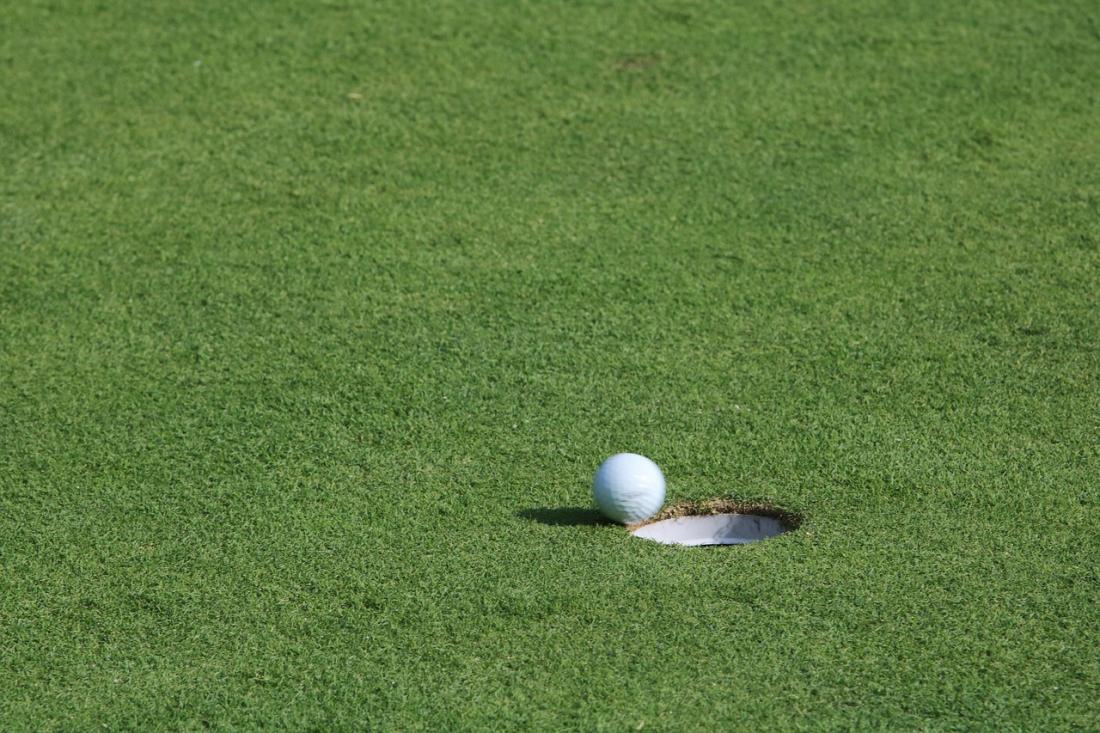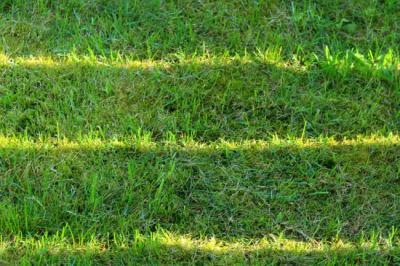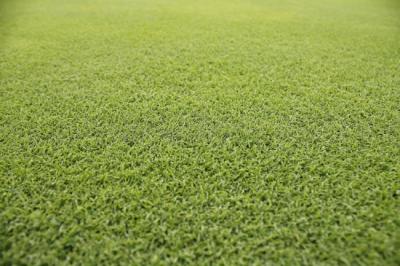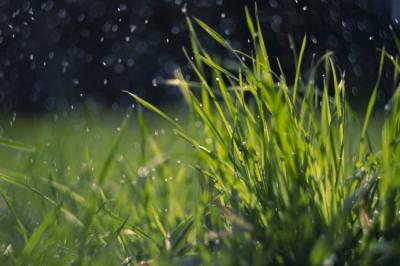In all likelihood, golf is the only sport where good grass is more crucial than golf. The grass condition is essential at all times and places on the course. The performance, difficulty, and even fun of a game can all be drastically altered by poor turf. It can ruin an entire round if the grass isn't cut properly or isn't complete and dense. Because of this, more golf courses are switching to Zeon Zoysia sod for their fairways.
Choosing Turf for a Golf Course
The golf course maintenance crew has 365 days a year to keep the greens in shape. They maintain optimal turf conditions across the entire course. An ideal golf course's grass would be resilient, thick, and able to withstand a lot of play. However, the local climate and other factors should be considered when deciding what kind of turf to utilize and the best time to lay sod in some course regions.
The course’s maintenance crew's job is to keep the grass in optimal playing condition. However, the frequency and method of irrigation, as well as the height of the grass at various points on the course, allow maintenance personnel to fine-tune the course to make it easier or more challenging to play.
The maintenance staff's first priority at each course is ensuring that the turf is in pristine condition. Irrigation, reseeding, and other maintenance costs must be tracked by the crew and the club's administration. While everyone strives for picture-perfect grass, not everyone has a budget large enough to achieve it.
Climate
The local climate is a significant consideration when planning a golf course's grass. There are grass species that fare better in milder summers. Some things just don't do well in the humid heat of summer. Drought is always a worry, no matter where you are.
Less rain means increased irrigation costs, which may drain a club's coffers quickly. The perfect grass will thrive in the heat and sunlight of its geographic location. As a bonus, it should be low-maintenance and water-efficient. Last but not least, it must recover fast from prolonged use. Golf courses are subjected to heavy foot traffic and club damage. Any turf must be able to withstand that level of traffic with ease.
Warm summers precede chilly autumns where I live in the Southeast. Even the summers might be rainy, and we frequently endure severe droughts. Fortunately, Zeon Zoysia grass can withstand each of those circumstances.
Zeon Zoysia grass: What Do You Need to Know
Only Certified turfgrass of the Zeon Zoysia grass kind may be grown and marketed. That separates it from other zoysia cultivars, which can range widely in terms of purity, quality, and yield.
Zeon Zoysia grass was assessed against numerous other zoysia grass types. Many types of zoysia grass, widely utilized in residential and commercial settings, were studied, and compared. The turfs were all installed the same way they would be in the actual world: from sod planted by the research team.
All of the kinds did well with maximum fertilizer amounts. Researchers found that when they decreased the amount of fertilizer used, almost all of the cultivars suffered a significant loss in quality, except for Zeon Zoysia grass.
Tips for Caring for Zeon Zoysia Grass
Give your Zeon Zoysia grass 1" of water once per week for optimal results. Which can rise to as much as 6.5 centimeters (2.5 inches) every week during a drought. Zeon Zoysia can be cut to a height of 12" to 2".
When maintained at 1–2 inches in height, Zeon Zoysia can resemble some types of Bermuda grass in both appearance and texture. Its thick, comfortable texture is excellent for going barefoot. If you are laying sod at your house, the best results will come from Zeon Zoysia grass trimmed to the taller end of its ideal range. This is how to care for Zeon Zoysia grass.
Zeon Zoysia is widely considered to be the best fairway variety available to professional golf course groundskeepers. Groundskeepers can safely mow Zeon Zoysia on a golf course down to 3/8" and still have a healthy playing surface. It is remarkably resistant to wear and tear under stress. Zeon Zoysia grass is resilient and may bounce back rapidly after being trampled on by hundreds of golfers daily. And compared to other types of crops, it needs less fertilizer. The savings from using less fertilizer can be substantial when applied to the numerous acres that make up a golf course.
Compared to other types of zoysia grass, Zeon Zoysia has the lowest levels of thatch. Only the Jamur type produced significantly less thatch in laboratory tests.
Conclusion
For many golf course groundskeepers, Zeon Zoysia grass is a tried-and-true turf. It grows well in a variety of environments and can withstand extensive use. Zeon Zoysiagrass makes an excellent backyard lawn for homeowners. In many situations, it develops thickly and healthily.
Atlanta Sod Farms will assist you if you seek high-grade Zeon zoysias such as emerald zoysia grass, empire zoysia, and centipede grass sod for your home or golf course!






